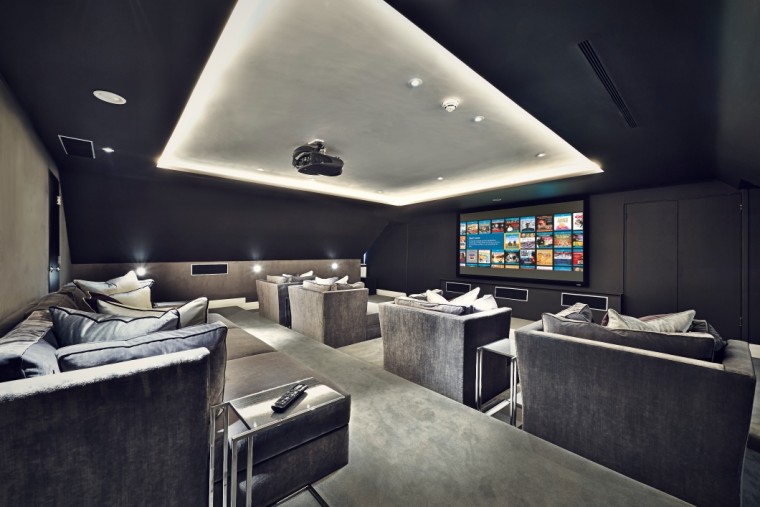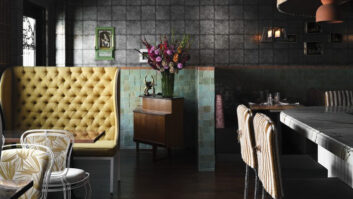
This month, I’m going to finish my triptych of residential-facing columns with a look at acoustics and how important it is to demo rooms. Whether you’re selling high-end hi-fi (perhaps incorporating Roon), or home cinema, acoustics is a crucial component in helping clients make that big-money purchase decision. Surprising, then, that it is often overlooked.
Every AV retailer must surely be aware that room acoustics have a considerable bearing on performance, so it’s surprising to learn that many don’t pay it enough respect, or get it right even when they do.
“Unbelievably, acoustics is an often neglected part of the demo room design process,” Emma Bigg, founder/director at acoustic-savvy AV consultancy Octavius RE, tells me. “This is almost always due to lack of understanding. People simply aren’t doing their homework!”
Chris Adair, founder and managing director of Adair Acoustic, agrees: “Not only do some retailers have no idea whatsoever what makes a decent-sounding room, when they do attempt to build a demo facility they often end up with something that sounds ‘dead’ or ‘uncomfortable’, or ‘killed the image’! The thing is, it might not be easy to do, but it’s not rocket science so there’s really no excuse.”
Looks win out
Of course, it’s important that demo rooms look appealing, so aesthetics often trump sound quality as a result.
“Frequently looks win out and demo rooms are often constructed on a wing and a prayer that the acoustics will turn out fine – and of course they don’t,” says Adair.
A regular and convenient excuse for bad acoustics, according to Adair, is the clichéd argument that customers aren’t likely to have great acoustic spaces, so why bother making the demo room sound brilliant? This, he says, is lazy and complete nonsense.
“Demonstrate an awesome system in a great demo room and customers will be working out how they can get this experience in their own home. In a great-sounding demo room you are already off on the right foot, but if you start with a terrible acoustic environment then nothing will sound great.”
Bigg agrees: “The key is not to create a real-life situation, it is to demonstrate the characteristics of the products. Besides, no living room, listening room or cinema room is the same as another – you couldn’t possibly recreate all of the variations. The skill to making the product sound good in the client’s real-world space is part of the after-sales service.
“Retailers should be looking to minimise any effects of the room so the customer is just hearing the product on demo. This allows customers to make an informed judgement about how products compare to more expensive alternatives.”
When it comes to home cinema, Bigg says, dealers should be looking to achieve the same acoustic standards as pro cinema – so very low reverberation time, no or minimal early reflections: “You should just be able to hear the speaker – very pure, very clean.”
“Of course home cinema is different,” adds Adair. “You have a great many speakers, all fighting to throw their sound at you. They are properly arranged: dialogue comes from a dialogue speaker, sounds from above come from speakers above – it’s quite simple.
“But to really suspend your disbelief, the room has to vanish acoustically – and so if you can achieve this, the experience is incredible.”
Broader application
But acoustics isn’t just about hi-fi and home cinema demo rooms. While Adair mostly uses his knowledge of acoustics for residential AV, he can apply this knowhow to commercial installations too, recently working with a new chain of coastal restaurants. Bigg’s background in live music means that her acoustic skills are almost exclusively used in this sector – including recent work for London private members’ club Annabel’s.
Crucially, Adair and Bigg agree that it isn’t possible to transform a room’s acoustics with a tiny bit of treatment – it takes up space: typically 10-20% of surfaces. Fortunately, today’s treatments are rarely ugly or even obviously ‘visibly acoustic’, so needn’t compromise room aesthetics. And – particularly when it comes to demo rooms – aesthetics shouldn’t compromise sound quality in any case!







